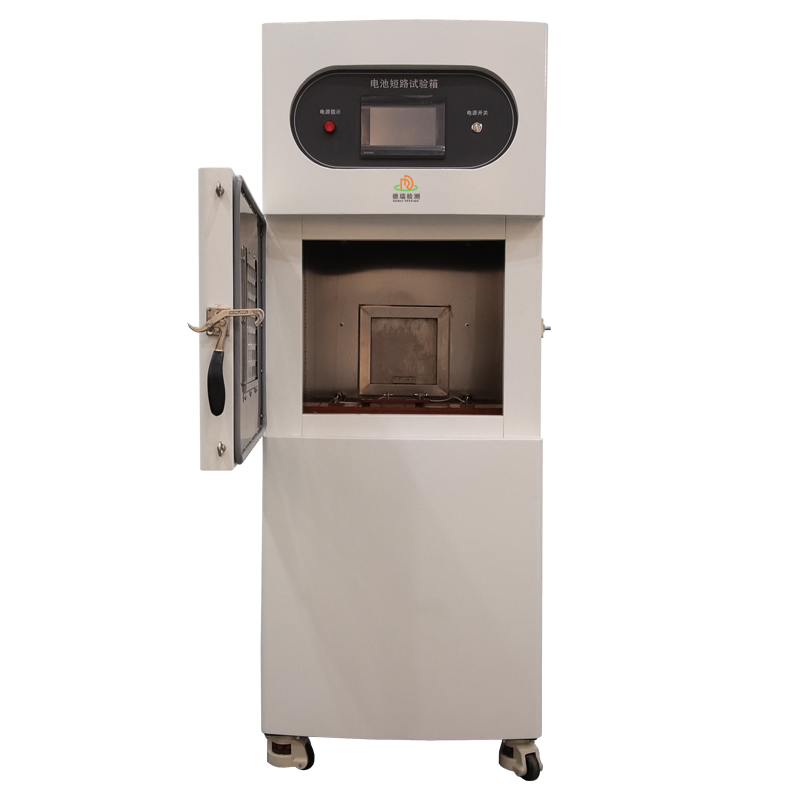
Polymer battery short-circuit test box
208005.0 INR/Unit
Product Details:
X
Polymer battery short-circuit test box Price And Quantity
- 208005.0 INR/Unit
- 1 Unit
Polymer battery short-circuit test box Trade Information
- Cash in Advance (CID)
- 100 Unit Per Month
- 5 Days
- All India
Product Description
Polymer Battery Short Circuit Test Chamber is a precision test equipment specially designed for evaluating the safety performance, thermal runaway behavior, and potential hazards of lithium polymer batteries (also known as Li-polymer batteries) under short circuit conditions. Li-polymer batteries are widely used in portable electronic devices such as smartphones, tablets, laptops, drones and other portable electronic devices due to their high energy density, light weight and flexible design. However, due to their high energy density, they may rapidly heat up under short-circuit conditions, leading to thermal runaway, fire or even explosion. Therefore, this test chamber evaluates the safety and stability of polymer batteries under extreme conditions by simulating short-circuit failures that may occur in actual use to ensure their reliable application in portable electronic devices.
2. Main Functions
- Short-circuit simulation: Create short-circuits inside or outside the battery by mechanical or electrochemical means to simulate short-circuit failures in actual use.
- Thermal runaway assessment: real-time monitoring of the temperature change of the battery during the short-circuit process, assessing its thermal runaway risk and thermal runaway behavior.
- Safety testing: Evaluate the safety performance of the battery under short-circuit conditions, including whether smoke, fire, explosion and other dangerous situations will occur.
- Data Acquisition and Analysis: Real-time acquisition of battery temperature, voltage, current and other data, and generation of detailed test reports to help analyze the thermal runaway characteristics and safety performance of the battery.
- Safety Protection: Equipped with multiple safety protection devices, such as explosion-proof box, fire extinguishing system and emergency stop device, to ensure the safety of the testing process.
- Environment control: It can simulate the short-circuit situation under different environmental conditions (e.g. temperature and humidity) to evaluate the safety performance of polymer batteries in different environments.
3. Working Principle
1.
Battery preparation:
- Select representative samples of lithium polymer batteries to ensure that they comply with relevant standards and specifications.
- Pre-treat the batteries, such as charge/discharge cycles, to simulate actual use.
2.
Environment Setup:
- Place the battery in the test chamber inside the test box and connect the temperature sensor, voltage and current monitoring devices.
- Set the temperature and humidity conditions of the test environment, such as room temperature or high temperature environment.
3.
Short circuit triggering:
- Mechanical triggering: Create a physical short circuit by inserting metal pins or tabs inside or outside the battery.
- Electrochemical triggering: Create an internal short circuit by forming ion channels inside the battery through electrochemical methods.
4.
Test Process:
- Start the test box and begin the test.
- Trigger the short circuit after the battery reaches the set conditions and stabilizes.
- Monitor the temperature, voltage and current changes of the battery in real time, and record the temperature rise rate and maximum temperature.
- Observe the behavior of the battery during the short-circuit process, such as whether there is smoke, fire or explosion and other abnormal phenomena.
5.
Data Acquisition and Analysis:
- Collect and record all the data of the battery during the testing process, including temperature, voltage, current, etc..
- Analyze the thermal runaway behavior of the battery and evaluate its safety performance.
6.
End of test:
- After the short-circuit test, continue to monitor the temperature change of the battery until the temperature returns to a safe level.
- Close the test box, organize the test data and generate a test report.
| Model | DR-D201 |
| Inner box size | 500x500x500mm (width x depth x height); |
| Equipment dimensions | 700x800x1530mm (width x depth x height); |
| Internal material | SUS201 stainless steel plate, thickness 1.2mm, with Teflon affixed; |
| External material | 1.5mm thick cold-rolled steel plate with paint treatment; |
| Observation window | The size is 250x250mm two-layer tempered glass, the transparent window is equipped with stainless steel mesh; |
| Smoke outlet | 100mm in diameter, located at the back of the box; |
| Pressure relief port | The size of the opening is 200x200mm, located on the back side of the box. When the sample explodes, the pressure relief port will pop open to relieve the pressure; |
| Box door | The single door opens to the left, the box door is equipped with a safety limit switch, and the side is equipped with an explosion-proof chain. The device can be operated only when the box door is closed to ensure the safety of personnel; |
| Test hole | There are 2 test holes with a diameter of 50mm on the left side of the device, which are convenient for putting in the collection lines of temperature, voltage, current, etc.; |
| Lighting device | It is convenient to observe the state of the tested sample; |
| Temperature collection range | RT-1000; |
| Temperature acquisition channel | 1 channel; |
| Temperature display accuracy | 0.5; |
| Voltage acquisition range | 0-100V; |
| Voltage acquisition channel | 1 channel; |
| Voltage display accuracy | 0.5%; |
| Maximum short-circuit current | 1000A; |
| Current acquisition channel | 1 channel; |
| Current display accuracy | 0.5%; |
| The internal resistance of the device loop | 8020m; |
| Equipment movement | There are four universal casters at the bottom of the equipment, which can be moved freely; |
| Control method | PLC touch screen control; |
| Equipment weight | 85Kg |
| Power supply | AC220V;50Hz/60Hz |
In order to regulate the short-circuit failure behavior of batteries at extreme temperatures, a number of international standards and test methods have been developed. These standards help manufacturers to ensure the safety of batteries and to test batteries for consistency and reliability.
1. IEC 62133 (International Electrotechnical Commission Standard):
IEC 62133 is a widely accepted global standard for battery safety and covers the requirements for testing batteries in a variety of extreme environments, including:
- High and Low Temperature Tests: Requires performance and safety testing of batteries at temperatures ranging from -20C to +60C to verify the safety of the battery at these temperatures.
- Short-circuit test: Short-circuit tests are performed on batteries at high and low temperatures to evaluate thermal stability, current limitation, and temperature changes.
- Thermal runaway test: Verify the thermal runaway response of the battery to a short circuit at extreme high temperatures.
2. UL 2054 (Underwriters Laboratories Standard):
UL 2054 standard provides detailed safety requirements for batteries, including:
- Short-circuit test: It is required to test the short-circuit reaction of the battery under different environmental conditions (including temperature) and provide corresponding risk assessment.
- Over-charging, over-discharging and extreme temperature test: Tests the performance of the battery under different temperatures in the event of short-circuit and over-charging, in order to confirm the safety performance of the battery.
3. UN 38.3 (United Nations Standard for the Transportation of Lithium Batteries):
UN 38.3 standard requires lithium batteries to be tested under a number of extreme conditions, such as high temperature, low temperature and short circuit, to ensure that the battery will not fail or cause accidents during transportation.
- High and low temperature environment simulation: Batteries need to withstand high and low temperature transportation simulation, test the battery failure mode in this condition.
- Short-circuit and overheating test: short-circuit test of the battery at extreme temperatures to ensure that it meets the transportation safety requirements. 4.
4. Failure mode and risk assessment
Battery short-circuit failure modes under extreme temperature conditions need to be assessed in the following ways:
- Thermal response test: Use temperature sensors, infrared thermal imaging equipment, etc. to monitor the temperature change of the battery and assess whether thermal runaway occurs during short-circuit.
- Mechanical Behavior Observation: Examine whether the battery expands, ruptures or leaks under extreme temperatures.
- Electrochemical performance analysis: Evaluate changes in battery performance by analyzing data such as current, voltage and resistance at different temperatures.
- Fire/Explosion Test: Tests the battery for possible fire or explosion under extreme conditions to ensure that adequate safety protection measures are in place for the test.
Tell us about your requirement

Price:
Quantity
Select Unit
- 50
- 100
- 200
- 250
- 500
- 1000+
Additional detail
Mobile number
Email



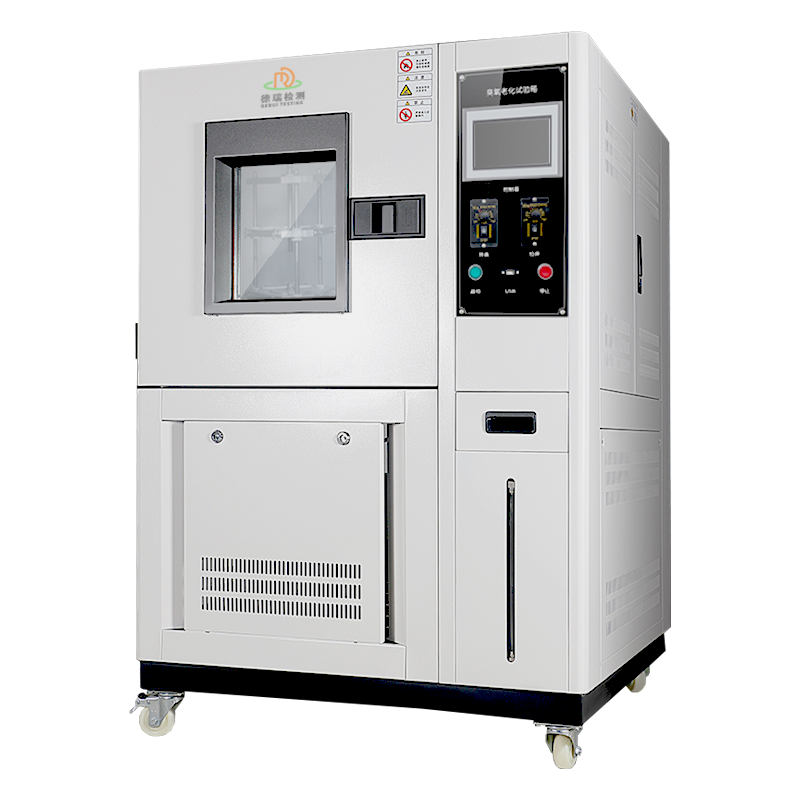
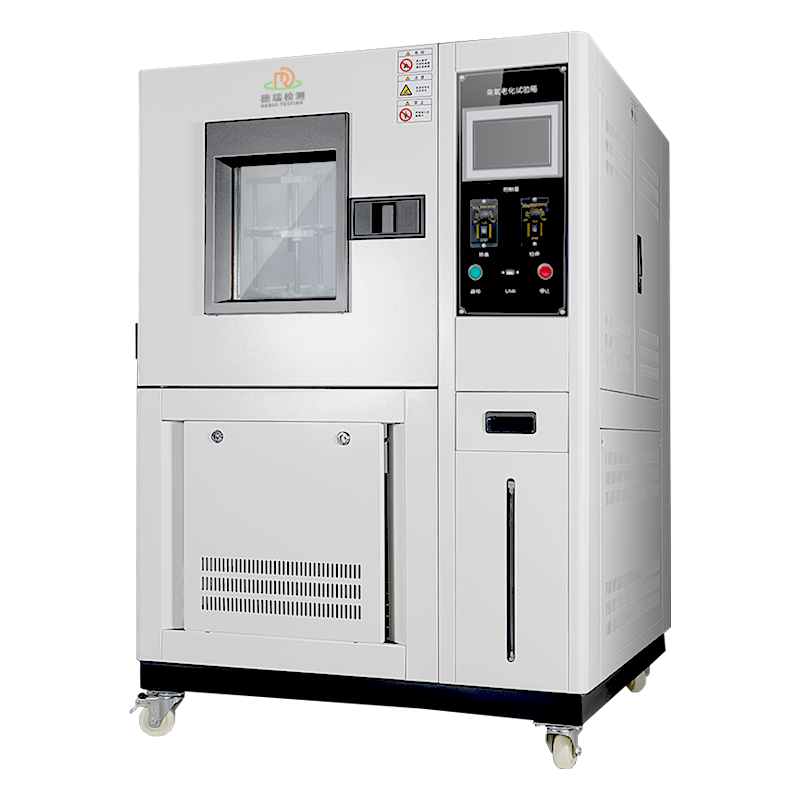
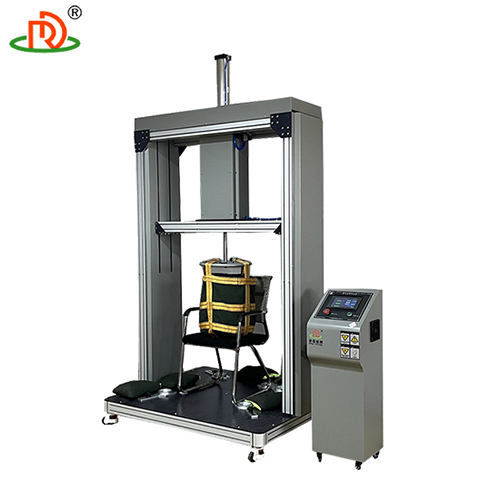
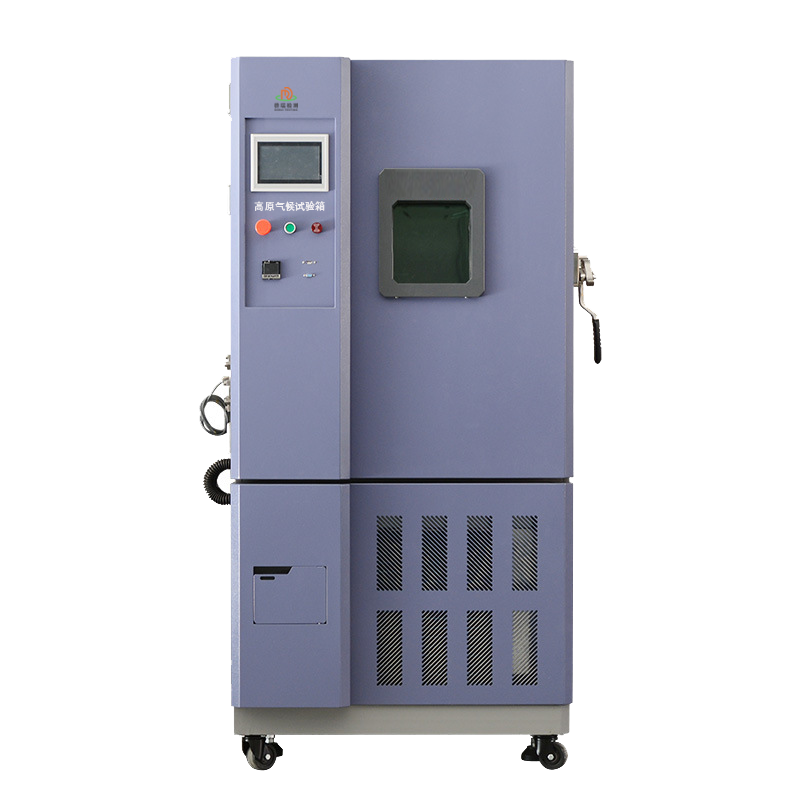

 English
English Spanish
Spanish French
French German
German Italian
Italian Chinese (Simplified)
Chinese (Simplified) Japanese
Japanese Korean
Korean Arabic
Arabic Portuguese
Portuguese